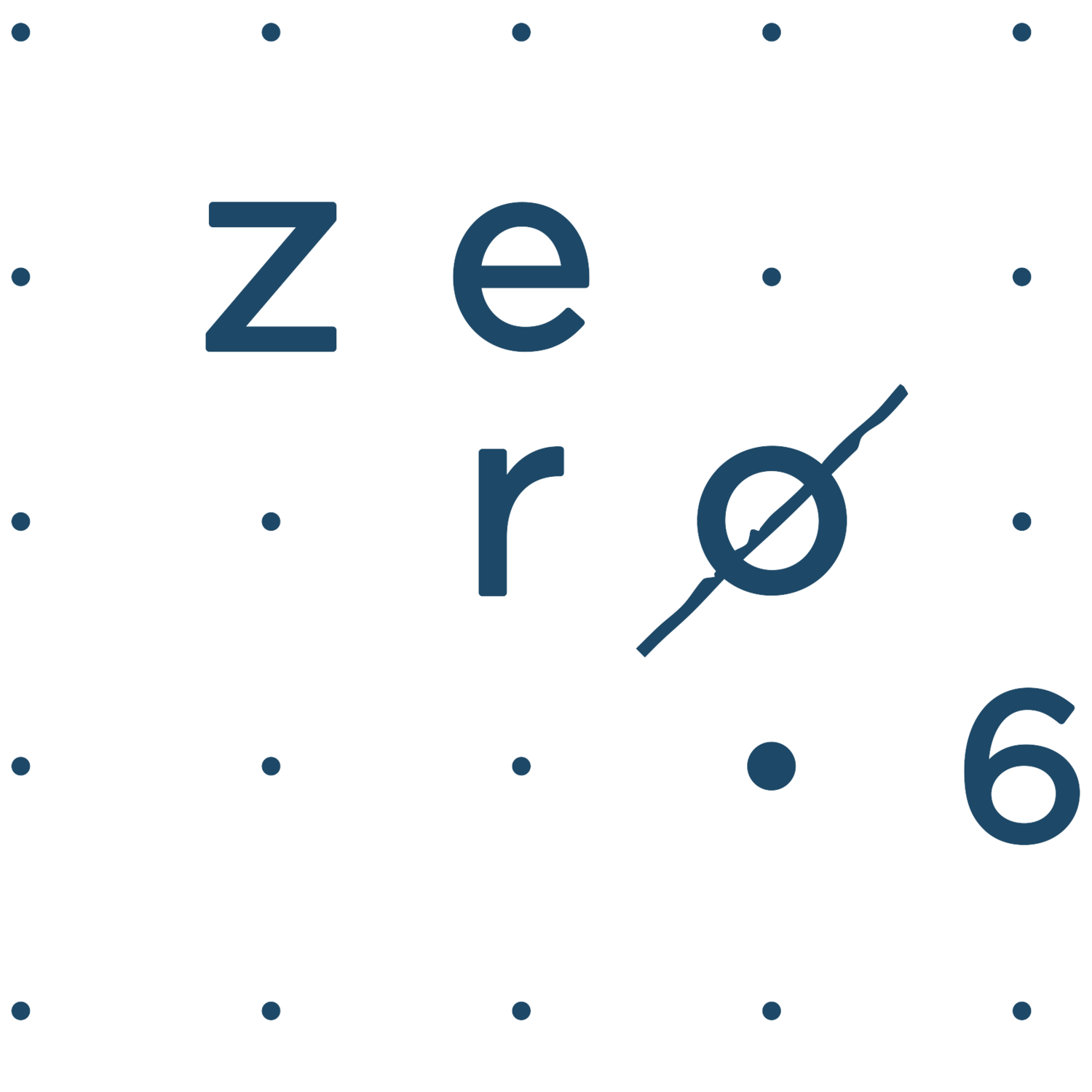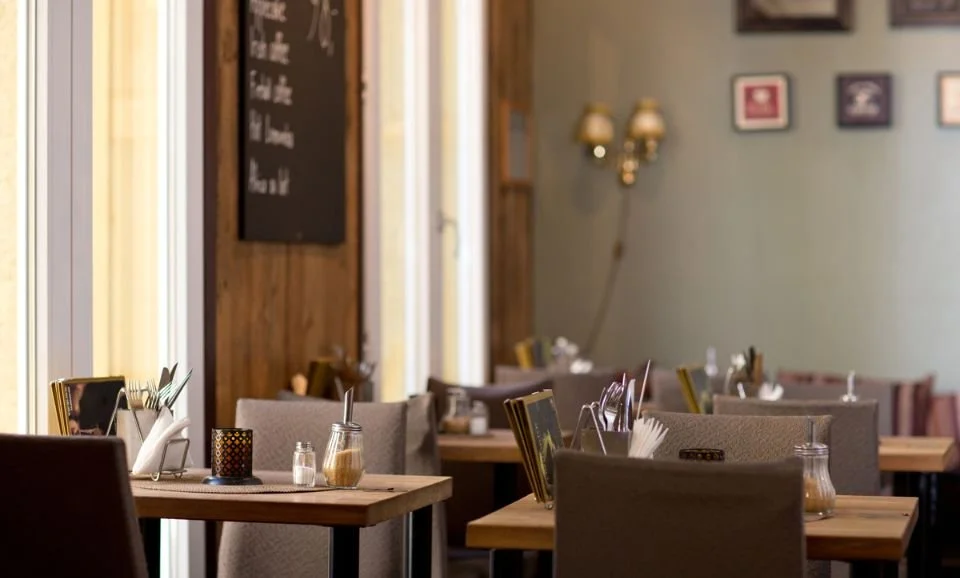Designing for Community: How Café Spaces Shape Creativity and Collaboration
Cafés have always been more than just somewhere to get your caffeine fix. But today, they’re doing even more. They’re becoming third places, creative studios, informal boardrooms, and cultural backdrops. And what magic ingredient makes all of that possible?
Design.
Not just good design, intentional design. Design that shapes how we gather, how we work, how we think, and how we connect.
A Flat White and a Fresh Perspective
Let’s be honest: most great ideas don’t happen under fluorescent lights. They happen over long tables, scribbled napkins, clinking teaspoons, and the gentle hum of a café in motion.
Here’s how design helps make that possible:
Spaces that Flex: One moment it’s a quiet solo corner, the next it’s a breakout session with five people and an oat latte in every hand. The best cafés are designed to shift, to adapt, to invite.
Materials That Feel Like Home (But Better): Warm timber, curved edges, soft lighting; design that wraps around you, not the other way round. Because people stay where they feel grounded.
Zoning Without Borders: There’s an art to spatial flow; how one person tucks in to read while two creatives chat nearby, uninterrupted. Good café design creates that quiet harmony, without ever needing a sign.
Design That Sparks Culture: From rotating installations to community events, the space itself becomes part of the conversation. Walls talk, furniture moves, and creativity is encouraged to sprawl.
Creativity Lives Here
In a post-pandemic world, where connection has become more intentional and work can happen just about anywhere, the role of the café has quietly evolved.
It’s now:
A creative lab for designers, writers, dreamers, and doers
A social anchor for communities to reconnect and collaborate
A design-led environment where comfort, curiosity, and conversation coexist
It’s Not Just the Coffee
Design shapes experience. And experience shapes behaviour. A café designed with people in mind does more than seat them. It supports them. It lets them linger. It gives them room to imagine.
Because when the space is right, ideas flow. Connections deepen. Communities grow.
The takeaway?
If we want cafés to keep playing this beautifully multi-functional role in our cities and lives, we can’t treat design as an afterthought.
Design is the function.



